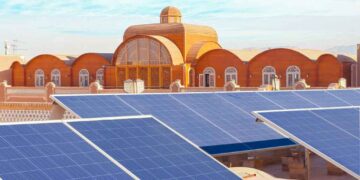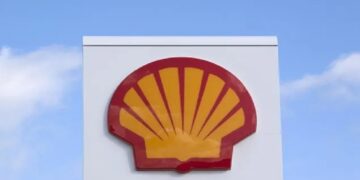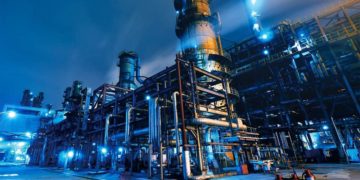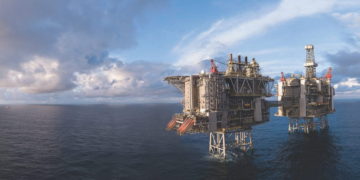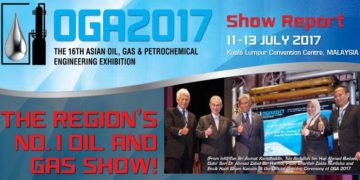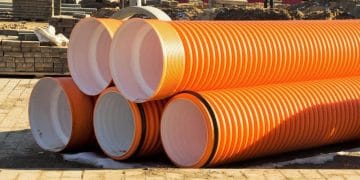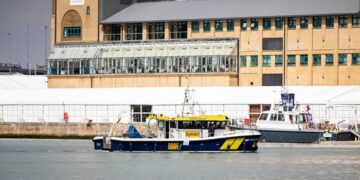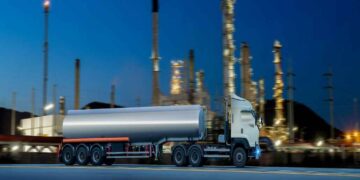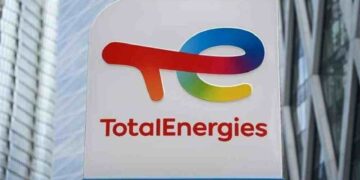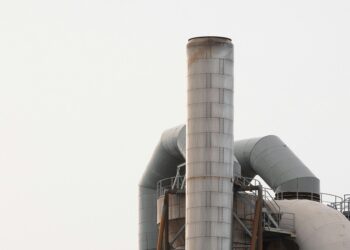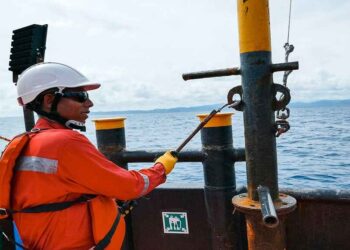The Kikeh field is located 120km northwest of the island of Labuan, offshore Sabah, East Malaysia in water depths of around 1,300m. Murphy Sabah Oil Company operates Kikeh on behalf of partner Petronas Carigali.
The Kikeh development consists of a Floating Production Storage and Offloading (FPSO) vessel receiving production from wells drilled from a Spar dry tree unit. The Spar has 24 slots.
Kikeh has a recoverable reserve base in excess of 400 to 700 million barrels of oil. A production plateau of 120,000bpd is planned within two years of first oil and is expected to continue at that level for six years. Project capital expenditures are projected at approximately $1.4bn.
“The Kikeh development consists of a Floating Production Storage and Offloading (FPSO) vessel.”
In early 2006, Petronas awarded Murphy a deepwater license for block P and an extension to the exploration term of a portion of block K. Blocks K and P comprise about 4,111km² and 4,246km² respectively, and lie in water 3,000ft-9,000ft deep. Block P lies on trend 110km to the northeast of block K.
Murphy carried out a large drilling programme to appraise the limits of the oil trend and the adjacent fault blocks.
KIKEH FIELD DEVELOPMENT
The truss spar or Dry Tree Unit (DTU) is 142m long and 32m in diameter. Murphy awarded the contract for the engineering, procurement, construction, installation and commissioning of the unit to Technip Marine (Malaysia). Construction and completion work was carried out by Malaysia Shipyard & Engineering’s facility in Pasir Gudang, Johor, Malaysia. The Spar will incorporate a tender assisted drilling rig to drill and complete the Kikeh wells.
FMC supplied ten surface / dry trees with a pressure of 5,000psi as well as ten OD production risers systems and joints.
It also supplied a surface BOP drilling riser system.
FLOATING PRODUCTION STORAGE AND OFFLOADING (FPSO)
The FPSO Kikeh will be located in 1,350m of water. It will be owned by MDFT Labaun and operated by MDPX Sdn Bhd, two joint ventures between SBM and Misc Berhad. The converted tanker was built in 1974 It has an overall length of 337m a breadth of 54.6m and a deadweight of 273,000t. It has a storage capacity of two million barrels.
The FPSO is designed to accommodate an oil production at a rate of 120,000bpd and water injection at 260,000bpd water. It can compress gas at 135 million cubic feet a day.
At the bow, is the external turret which can accommodate up to 17 flexible risers ranging from 8in to 10in in diameters. There will be nine risers to start with, four in the future, three umbilicals and one spare.
“The Kikeh development has a recoverable reserve base in excess of 400 to 700 million barrels of oil.”
The swivel will house a 12in subsea production line (future), a 14in high-pressure production line, a 10in oil import line(future), a 10in low-pressure production line, a 16in water injection line, an 8in test / pigging line, a multi-path double-drum, a high-voltage power electric line, a low-voltage / signal line and an 8in gas export line.
The metering system is based on three turbo meter runs with a prover loop. The FPSO has four 4,500m³/hr carbo pumps.
Power is provided by two 12MW steam generators and two 1,800kW diesels. There are two 87t/hr boilers. The export system is by tandem mooring
CONTRACTS
Technip was awarded the contract for the engineering, design, supply and installation of the Kikeh Area Development subsea pipeline and riser system.
The project includes design, supply and installation of flexible flowlines and risers, holdback anchors, the installation of control umbilicals and manifolds, tie-in of the subsea wellheads, hook-up of the risers to the Kikeh floating production and offloading system and the pre-commissioning of the system.
Offshore installation will use Technip’s vessel Venturer and Subsea 7’s vessel Rockwater 2.



